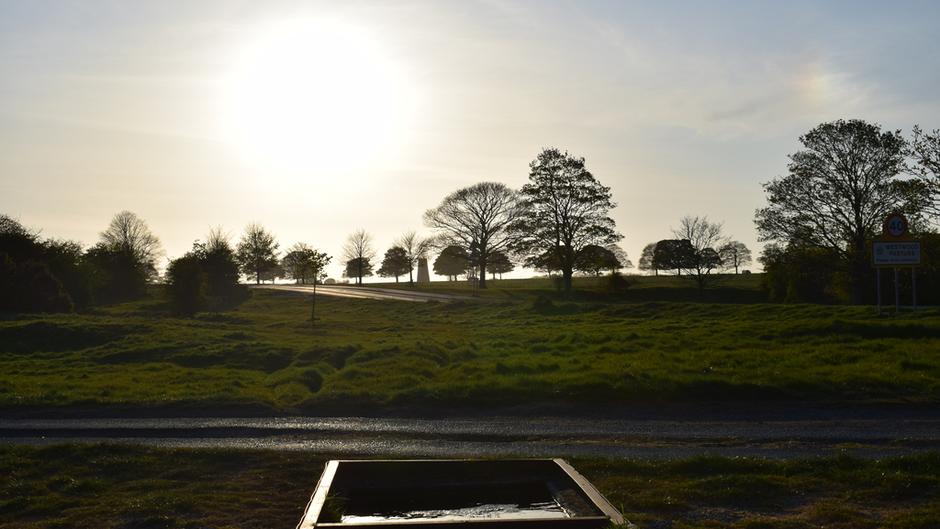The summer solstice occurs in June in the Northern Hemisphere and represents midsummer, and the arrival of the longest day and shortest night. Here's everything you need to know about the longest day of the year.
A solstice happens twice a year, and once in each hemisphere, the Northern and Southern. The winter solstice, the shortest of the year, occurs around the 21st of December annually.
In 2020, the Summer Solstice is taking place on 20 June, at 21:43 GMT/UTC. The solstice is independent of the Earth's specific rotation, which is why, like this year, it can happen during the middle of the night. The solstice occurs at the moment the Sun is at its furthermost point from the equator during the celestial annual journey of the Earth round the sun.
The word solstice is derived from the Latin words sol, meaning 'sun', and sistere, meaning 'to stand still)' It is considered our longest day of the year because it is the day we have the most hours of sunlight over the whole year.
Solstice and equinox times are in GMT. The dates for equinoxes and solstices in the Northern and Southern Hemispheres are the same, but in opposite seasons. For example, the summer solstice north of the Equator is mirrored south of the equator by the winter solstice.
Things may be different this year due to the Coronavirus, but there is usually a great significance given to the summer solstice that has varied among cultures, for example, it is celebrated widely by events, holidays and festivals. Although, perhaps more famously, the ancient monument Stonehenge in Wiltshire has for some time been the centre of a ritual celebration as the stones become lined up to frame the rising of the Sun.



